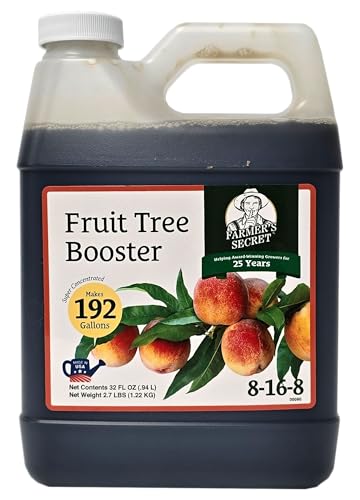How to grow a jackfruit tree – for huge fruits you can use as a meat substitute in vegan dishes
Discover a range of tips for healthy trees and bumper harvests from a tropical tree expert
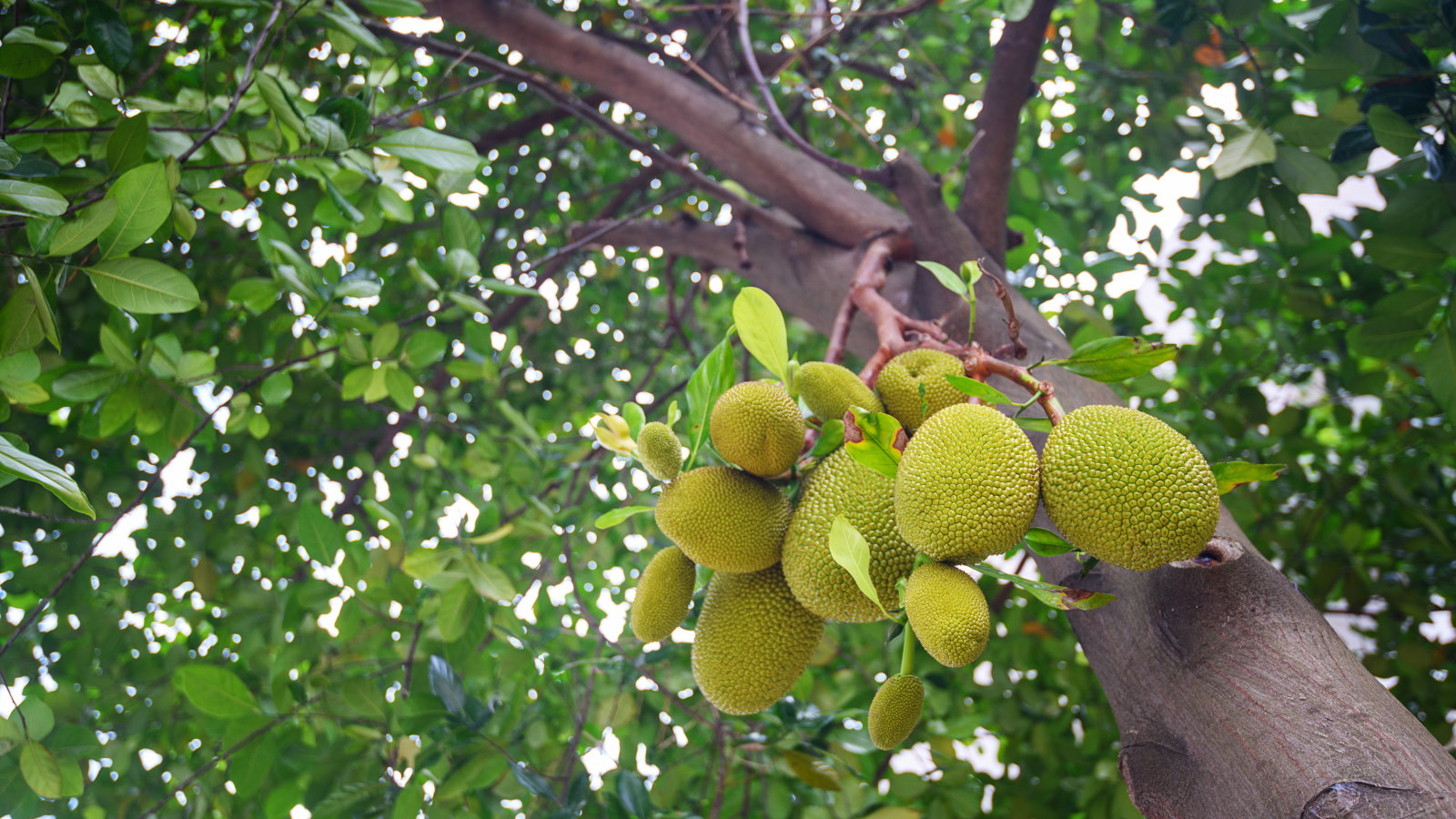

Jackfruit trees are tropical evergreen trees that produce the largest fruit in the world. The fruits taste like a cross between a banana and a pineapple and can weigh up to 80 pounds and reach 36 inches long.
The unique fruits are increasingly popular nowadays, often utilized as a meat substitute in vegan dishes. The jackfruit texture mimics meat and can be used in many meals, with the fruit suitable for roasting, grilling, barbecuing, or more. Indeed, when you grow a jackfruit tree, you may need to delve deep into potential recipe ideas, as mature jackfruit trees can produce hundreds of these tropical fruits each year.
Grow a jackfruit tree, which will make an exotic addition to any collection of trees. Jackfruit trees are remarkable and characterful fruit trees that can grow quickly and fruit prolifically when maintained properly. That includes giving it the best environment possible to thrive and caring for the tree to keep it healthy and productive.
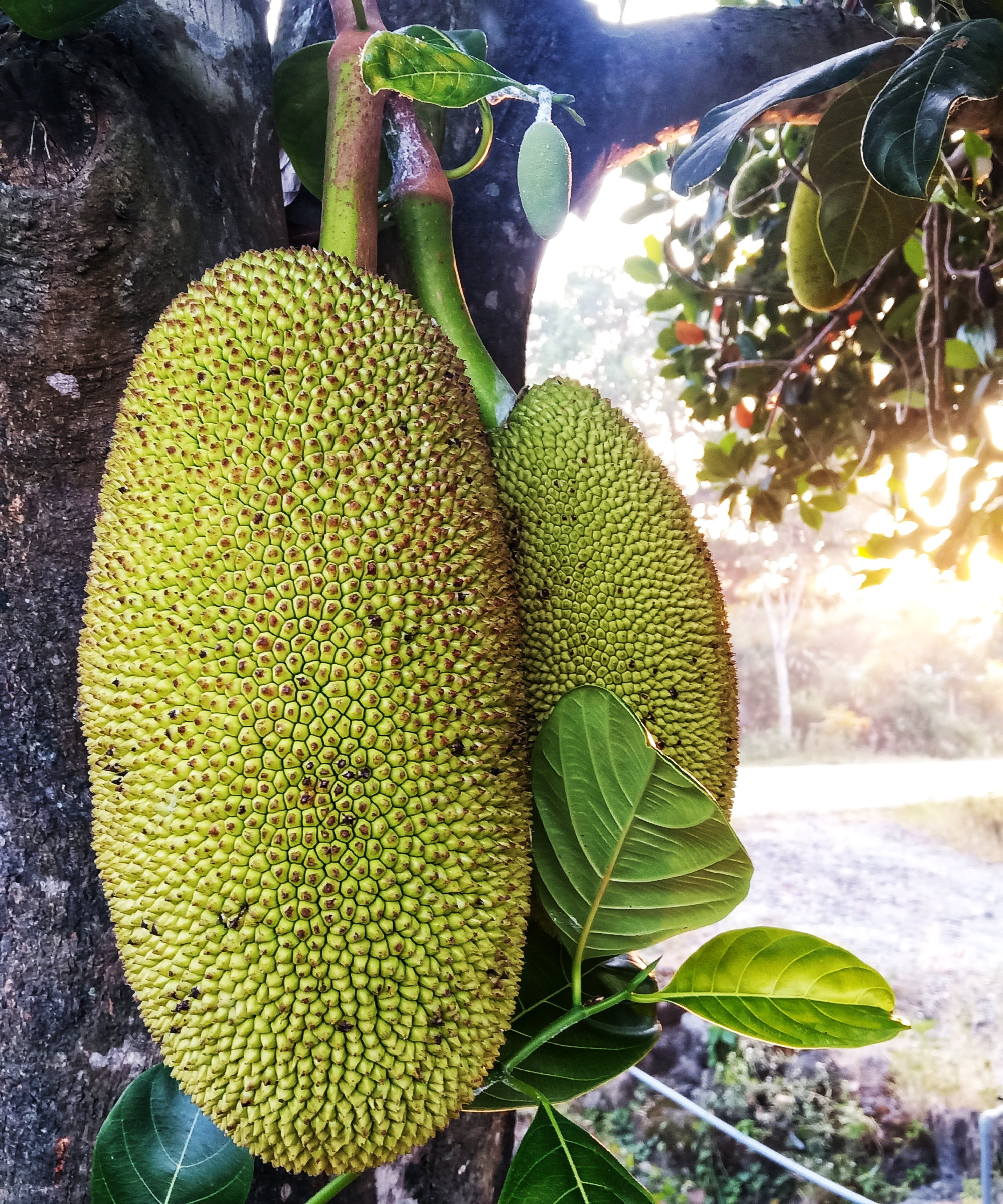
How to grow a jackfruit tree - an expert guide
The jackfruit is a tropical evergreen fruit tree in the same Moraceae species as fig and mulberry trees. They are fast-growing fruit trees that reach 80 feet in height, with a straight trunk and smooth reddish-brown bark.
Jackfruit trees have glossy green leaves, tight clusters of green flowers, and large, edible, roundish fruits that grow on stems attached to the trunk and older branches. The fruits may look otherworldly but are filled with yellow and sweet aromatic flesh.
Jackfruit trees are commonly grown in tropical regions of Asia along with Africa, Australia, the Caribbean and warmer US states. You can grow jackfruit at home in certain US hardiness zones - more on this below - and, to help have healthy trees and bountiful harvests, I got some tips from a tropical plant expert for when it comes to planting and caring for jackfruit trees.
How to grow a jackfruit tree - planting tips
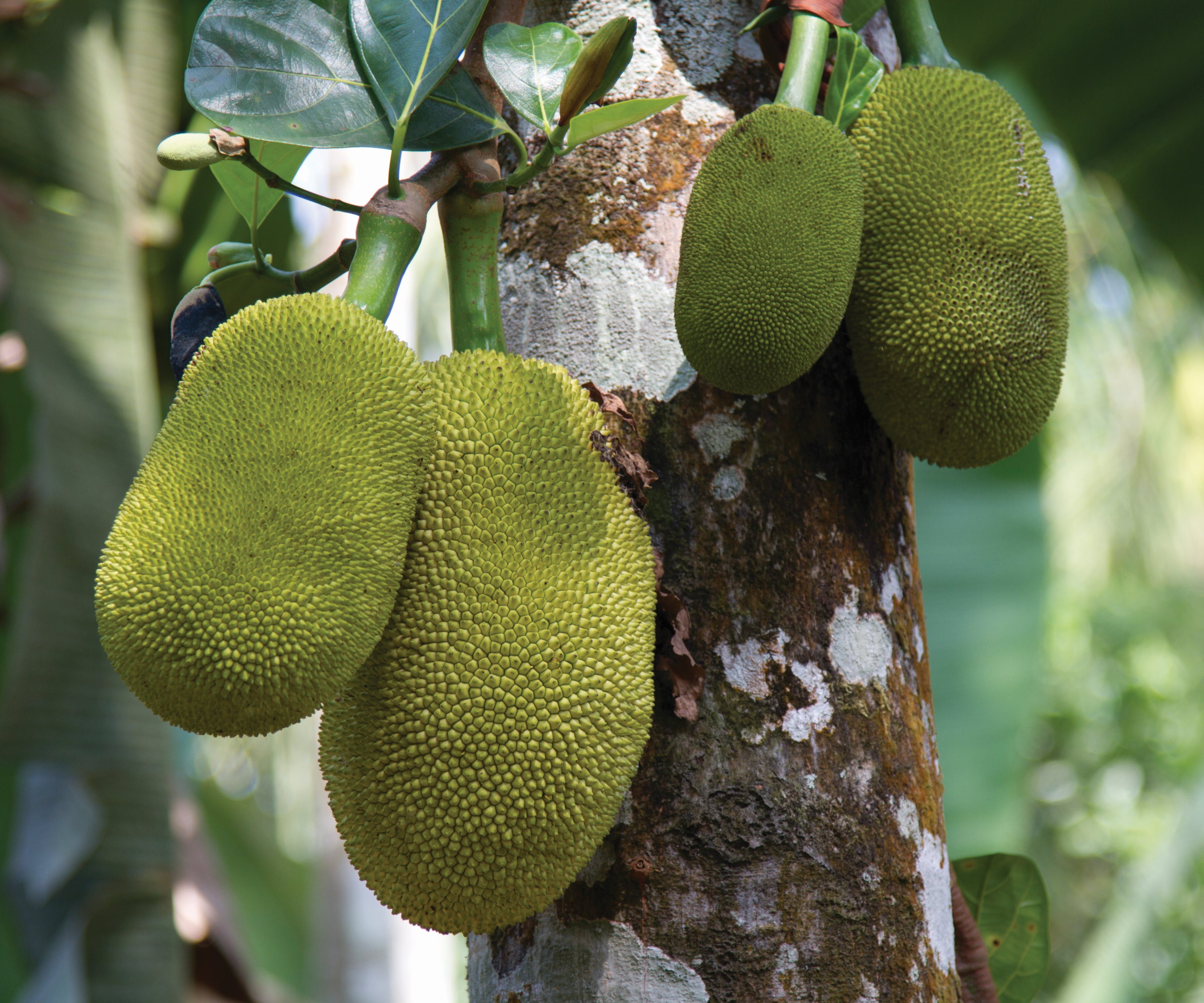
Jackfruit trees are hardy enough to grow outdoors in US hardiness zone 9 to US hardiness zone 11. Tatiana Anderson, plant expert and co-founder of Top Tropicals, claims that jackfruit trees can ‘tolerate’ low levels of frost for a short period without experiencing significant damage.
She says: ‘While young trees are frost-sensitive, mature trees can withstand light frost for short periods. However, cold winters can reduce fruit production. Frost-free temperatures are crucial for optimal growth and fruiting.’
As for the ideal environment to grow jackfruit, Tatiana claims: ‘Jackfruit trees require a tropical or subtropical climate, with temperatures ideally between 60-95°F. The trees thrive in frost-free, humid climates with plenty of sunlight.’
To US hardiness zone 3, growers in cooler climates can grow jackfruit in containers as patio fruit trees with proper care, including moving fruit trees growing in pots indoors or to a protected space for the colder months.
Grow a jackfruit tree in a nutrient-rich and well-draining soil type. The drainage levels are key, as jackfruit do not like sitting in very sodden soil, but are also not drought-tolerant fruit trees and will struggle with a lack of moisture.
Container-grown jackfruit trees can be bought from garden centers, nurseries, or online retailers and offer the simplest way to plant fruit trees in your yard. You can grow jackfruit from seed, however, the seeds have a short shelf life and need to be sourced fresh and it can take over four years to get the first fruit.
Plant a young jackfruit tree into a hole twice the size of the rootball and firm down the soil after backfilling the hole to remove any air pockets. Water the young tree well and mulch around the newly planted tree to keep the soil moist and suppress any weeds.
Discover the range of jackfruit trees available at Top Tropicals

Tatiana Anderson is the co-owner and co-founder of Top Tropicals, based in Fort Myers, Florida. Top Tropicals grow and sell a whole range of flowering and fruiting tropical plants.
How to grow a jackfruit tree - care tips
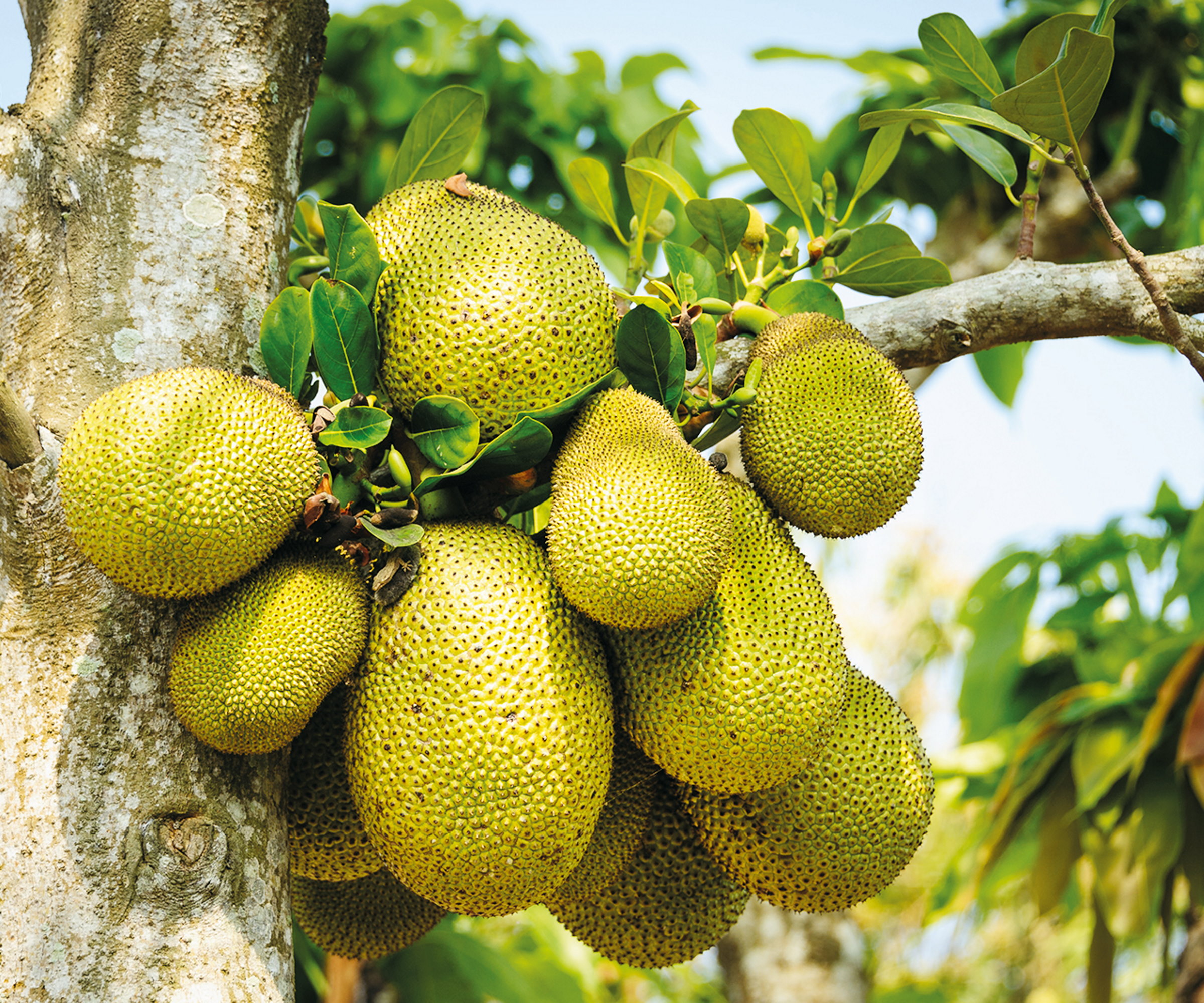
- Watering: The important aspect of watering jackfruit trees is keeping the moisture levels consistent through regular watering. Keep a close eye on the soil moisture levels to ensure it does not dry out or sit too wet, as overwatering will lead to waterlogging and root rot that risks the tree’s health. Use a soil moisture meter, available at Amazon, to help judge when to water plants and avoid making common watering mistakes like over or underwatering - which will affect fruiting. Deep watering less regularly will be better than little and often.
- Fertilizing - Jackfruit trees are heavy feedings that require regular feeding to keep them healthy and productive. Tatiana Anderson recommends fertilizing the fruit trees with a dry, balanced, organic fertilizer once a month during the active growing season, supplemented with liquid fertilizers year-round when watering plants. ‘These fertilizers help maintain healthy growth and encourage abundant fruiting,’ she says. ‘Supplement with organic matter like compost, manure, or peat moss to enrich the soil.’
- Pruning - Jackfruit trees can be kept manageable, productive, and healthy through regular fruit tree pruning. Carrying out this essential maintenance task will keep the tree at a practical height and reward you with a better yield. ‘Jackfruit trees produce fruit at the base of the trunk, allowing them to be pruned annually to a height of 7-12 feet,’ says Tatiana Anderson. ‘Prune after the fruiting season or in late fall to remove excess growth and shape the tree.’ Removing upright branches will encourage lateral growth to make harvesting easier and pruning older, dead, damaged, or diseased wood will improve air circulation to reduce the risk of disease. However, do not prune more than a third of the branches at any time.
- Harvesting - Always wear gloves and long sleeves when harvesting jackfruit, as the large fruits exclude sticky latex when cut. Take care not to get in on you as it can stain clothing. It takes 4-6 months from flowering for fruits to ripen and a ready-to-pick jackfruit should make a hollow sound when tapped and have an aromatic fragrance. Use a pair of clean and sharp garden loppers to cut the stem and separate the fruit from the tree. An under-ripe jackfruit can be ripened on a kitchen counter for a few days after harvesting.

A granular 100% organic and natural fertilizer specially formulated for all kinds of fruit trees to promote healthy roots and fruit growth.
FAQs
How long does a jackfruit tree take to grow fruit?
Jackfruit trees are fast-growing trees that can start fruiting within 3-4 years of planting and take 4-6 months from flowering to the fruit being ready to harvest. A healthy jackfruit tree can potentially live for up to 100 years.
Can you grow jackfruit indoors?
Jackfruit can be grown successfully in pots in colder climates. The key to success with the fruit tree in containers is a large pot and regular pruning to keep it to a manageable size. The container can be moved indoors in winter to protect plants from frost and brought out into a sunny spot for the warmer months once temperatures rise in spring. Jackfruit needs a warm and sunny spot indoors in a greenhouse, conservatory, porch, or near a bright sunny window. Keep indoor fruit trees away from cold drafts and use grow lights during winter to supplement the natural light levels.
Established jackfruit trees can tolerate light frost, as mentioned earlier, but young and recently-planted trees will need protecting from cold. You may protect fruit trees from frost by wrapping them in frost cloth ahead of predicted cold snaps or using dedicated frost covers, available at Amazon, that can be placed over young trees. Mulching around the trees with 2-3 inches of organic matter is also beneficial to protect the roots from frosts.
Sign up to the Homes & Gardens newsletter
Design expertise in your inbox – from inspiring decorating ideas and beautiful celebrity homes to practical gardening advice and shopping round-ups.

Drew’s passion for gardening started with growing vegetables and salad in raised beds in a small urban terrace garden. He has worked as a professional gardener in historic gardens and specialises in growing vegetables, fruit, herbs, and cut flowers as a kitchen gardener. That passion for growing extends to being an allotmenteer, garden blogger, and producing how-to gardening guides for websites. Drew was shortlisted for the New Talent of the Year award at the 2023 Garden Media Guild Awards.
-
 Kris Jenner's favorite air fryer, the Ninja Crispi, is the perfect small kitchen solution – it deserves a place on the most compact of countertops
Kris Jenner's favorite air fryer, the Ninja Crispi, is the perfect small kitchen solution – it deserves a place on the most compact of countertopsKris approves of this compact yet powerful air fryer, and so do our own kitchen appliance experts, praising it for its multifunctionality
By Hannah Ziegler Published
-
 Ina Garten's storage pantry is an insightful window into all of the best cookware used by the chef – and it's easy to recreate on your kitchen shelves from $48
Ina Garten's storage pantry is an insightful window into all of the best cookware used by the chef – and it's easy to recreate on your kitchen shelves from $48The beautiful dishware in The Barefoot Contessa's Hamptons pantry showcases the tools she uses most often to cook – this is exactly how you replicate it
By Sophie Edwards Published
